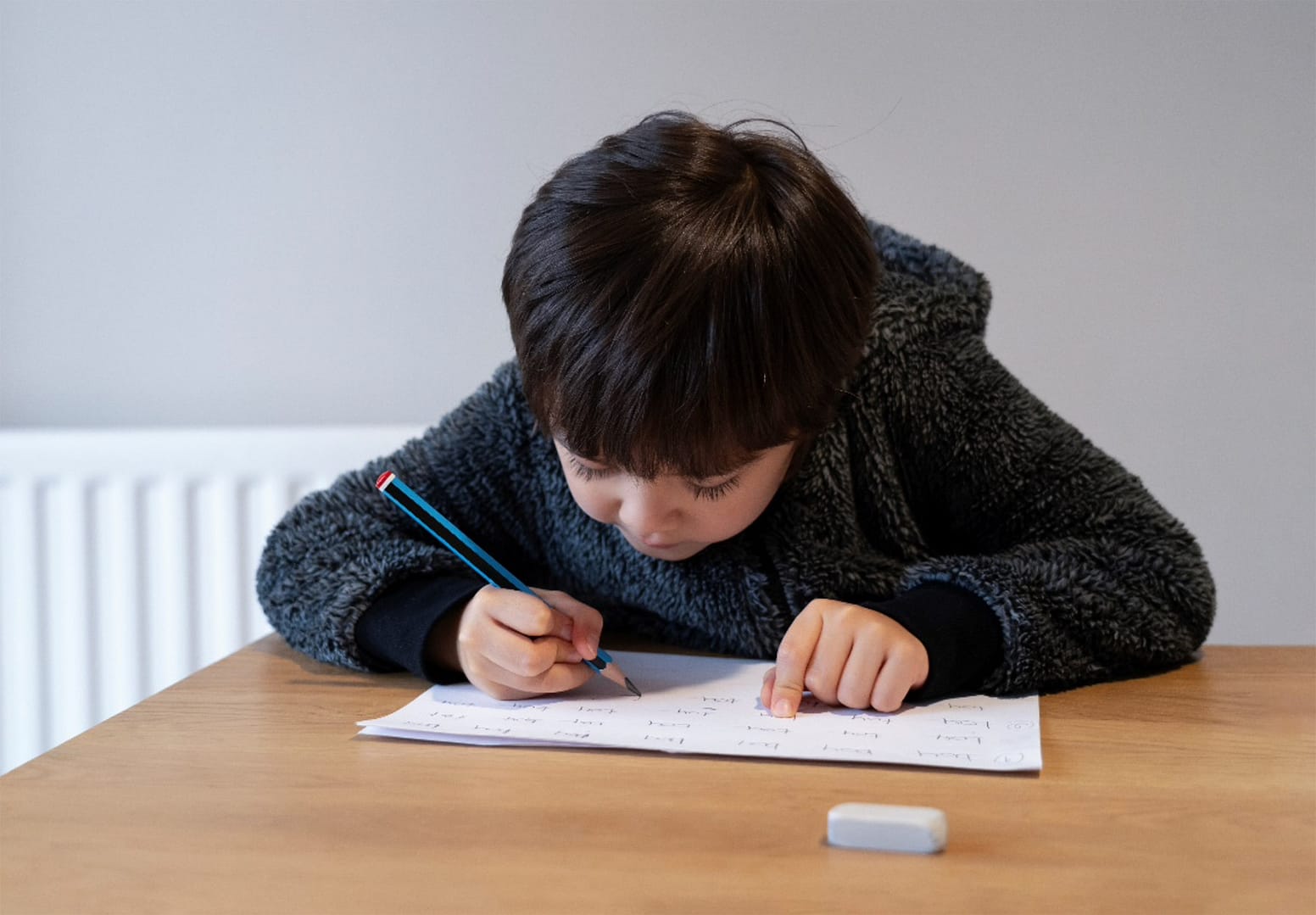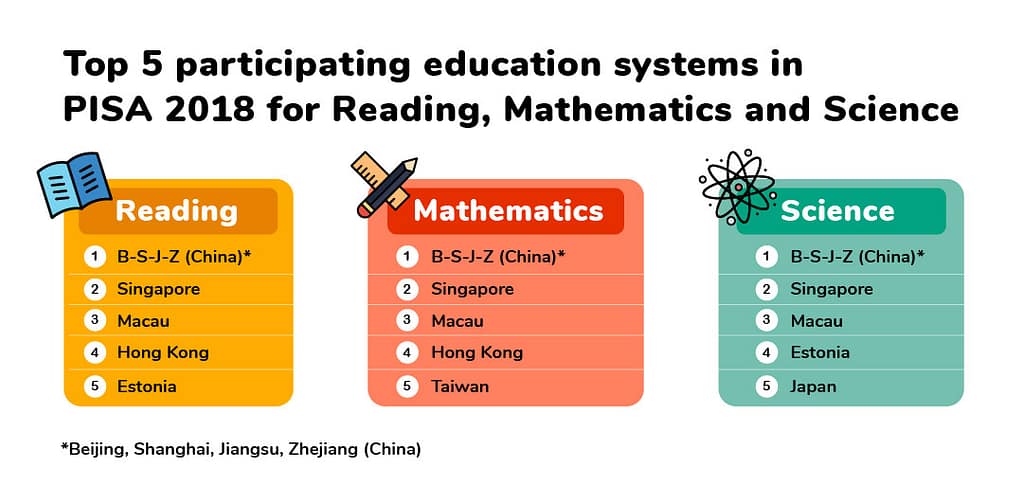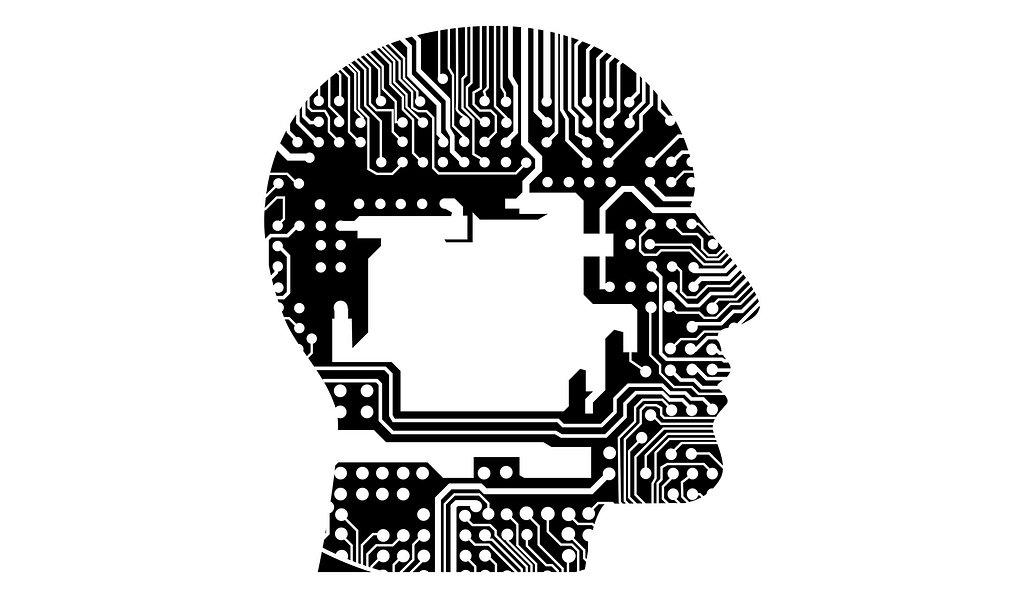丸暗記はタブーである。。。 しかし、本当にそこまで悪いものなのか?

編集者 アダム・カードス
Over the last few decades, there has been a trend towards critical thinking education and education for discovery learning. The world’s education system seeks ways to allow students to think flexibly and independently, but for many, learning by rote memorization is outdated and focused on rote memorization. Educational law believes that learners can only improve by simply repeating information, not the ability to handle and assemble information well.
If Program for International Student Assessment is not useful for problem solving and complex calculations, countries such as South Korea, Singapore, China, and Japan where Program for International Student Assessment is more dominant in mathematics and science Why do you get the highest score in the PISA (Program for International Student Assessment) in the field?
 Infographic: Samuel Woo / TODAY
Infographic: Samuel Woo / TODAY
At first glance, rote memorization and critical thinking seem to be two separate and conflicting learning methods, but in fact, surprisingly, there is a connection between the two. It is easy to understand when considering working memory.
Working memory is similar to short-term memory because it is temporary in nature, but unlike short-term memory, which stores short-term information, it allows information to be manipulated and processed. It’s like a work space in your head, like a desk where you can store information about your work. In other words, working memory is indispensable for thinking logically.
The relationship between critical thinking ability and working memory is clear.
Good working memory improves the performance of intellectual functions related to information. Increases problem-solving ability and enables more complicated calculations. By training problem-solving skills and critical thinking skills, you will be able to acquire strategies for thinking through problems, and you will be able to demonstrate these abilities more. However, it is not expected that the working memory capacity will actually increase.
How does rote memorization affect working memory?
The answer is a bit surprising. Earlier, I compared working memory to a workspace, but if the workspace is small, the amount of information processed is also limited. When rote memorization is used for simple tasks such as multiplication tables, a large workspace is In this way, by memorizing and automating basic mathematical knowledge, it can be used to reduce the working memory space used and to solve other complex problems. Not required to process information. Then, the remaining space can be used for processing other information .
How is this related to language learning?
In cognitive theory of second language acquisition, the brain is regarded as a computer-like thing. Language processing puts some strain on the processing power of the brain, both in understanding what is written and in communicating verbally. The more you practice a word in another language, the more it will be automated, and as a result, you can reduce the processing load and leave the processing power of other new words.
Think of the brain as a computer
Therefore, rote memorization of vocabulary and grammatical structures is an effective method for language acquisition. But that is only part of the big picture.
Memory is fluid and dynamic. Once you remember the information and remember it a few minutes later, it’s already in long-term memory, but that doesn’t mean you’ll never forget it. Certainly, repeated review makes information solid as long- term memory, but when considered within the framework of cognitive knowledge, it is not strongly related to other information in the brain. Therefore, the information cannot be easily retrieved and it is difficult to use it voluntarily.
In using the language, information needs to be extracted voluntarily. When speaking or listening in another language, the brain is constantly eliciting linguistic knowledge. This action is cognitively burdensome. On the other hand, memorized and reviewed words can take several seconds to retrieve information using information processing in the brain.
It is important to use language in different contexts in order for linguistic knowledge to form stronger connections in the brain and to strengthen the neural pathways that elicit them. By using linguistic knowledge while actively using the functions of the brain, it is possible to develop its neural pathways. For this reason, linguistic knowledge that needs to be remembered many times to achieve an end, such as understanding signs or asking for help, can be quickly extracted without any special effort. Become.
The neural network is built more strongly, especially when cognitively required and recalls language. If the learner does not need to think deeply, he can only build as much of the ties that can be obtained through rote memorization.
Correct fusion
The debate over the benefits of rote memorization will probably continue, but many educational policy makers are best suited for curriculums that focus solely on memorization or problem-solving without a solid foundation. We are beginning to take the position that we will not get results. The ideal situation, then, is to combine the two approaches. In language learning, memorizing vocabulary will definitely increase your knowledge of vocabulary . In particular, it can speed up the language learning process by combining it with more meaningful forms of study, such as extensive reading, studying some subject through another language, or doing interesting work with classmates.



